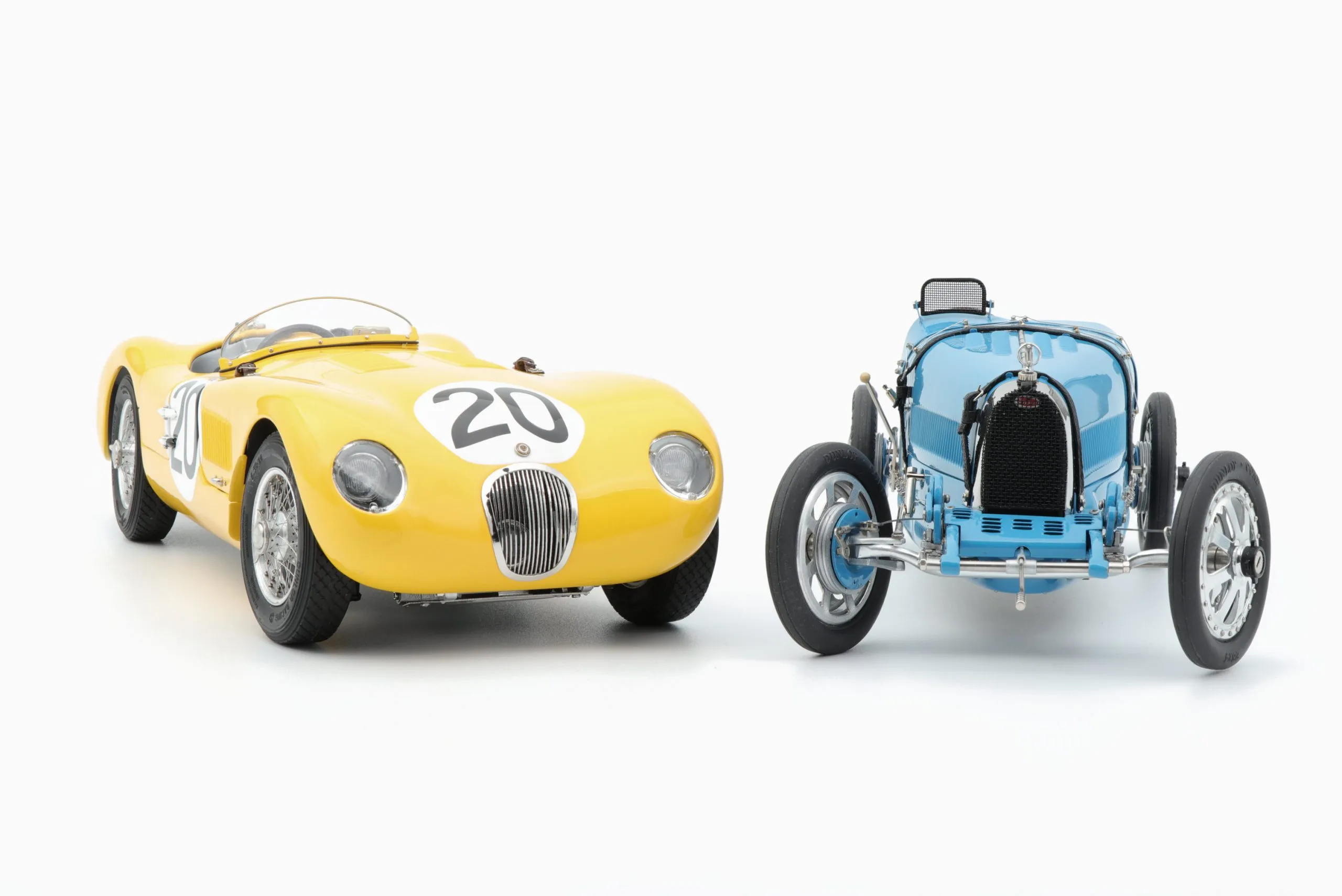What are Diecast Model Cars?
Diecast model cars are miniature replicas of real-world vehicles, typically automobiles, manufactured using a die-casting process. This involves injecting molten metal (usually zinc alloy) into a mold to create highly detailed and accurate representations of cars. These models are not mere toys; they are collectibles, prized for their craftsmanship, detail, and the passion they ignite in enthusiasts. They span various scales, from the tiny to the relatively large, and represent a wide range of vehicles, including classic cars, modern sports cars, trucks, and even racing cars. The appeal of diecast model cars lies in their ability to capture the essence of their full-sized counterparts in a smaller, more manageable form. They offer a tangible connection to the automotive world and serve as a way for collectors to celebrate their love for vehicles.
The History of Diecast Model Cars
The history of diecast model cars stretches back to the early 20th century, with the earliest examples appearing in the 1900s. These initial models were often crude and simple, primarily made as toys. However, the technology and artistry evolved rapidly, particularly after World War II. Companies like Dinky Toys and Corgi Toys emerged as pioneers, setting new standards for detail and realism. The 1950s and 60s witnessed a golden age for diecast models, with elaborate designs and features becoming commonplace. The materials used also improved, leading to more durable and visually stunning replicas. Throughout the decades, diecast model cars have mirrored automotive history, capturing iconic vehicles and celebrating the evolution of car design. From simple toys to intricate collectibles, their history is a testament to the enduring appeal of miniature vehicles.
Factors to Consider When Buying Diecast Model Cars
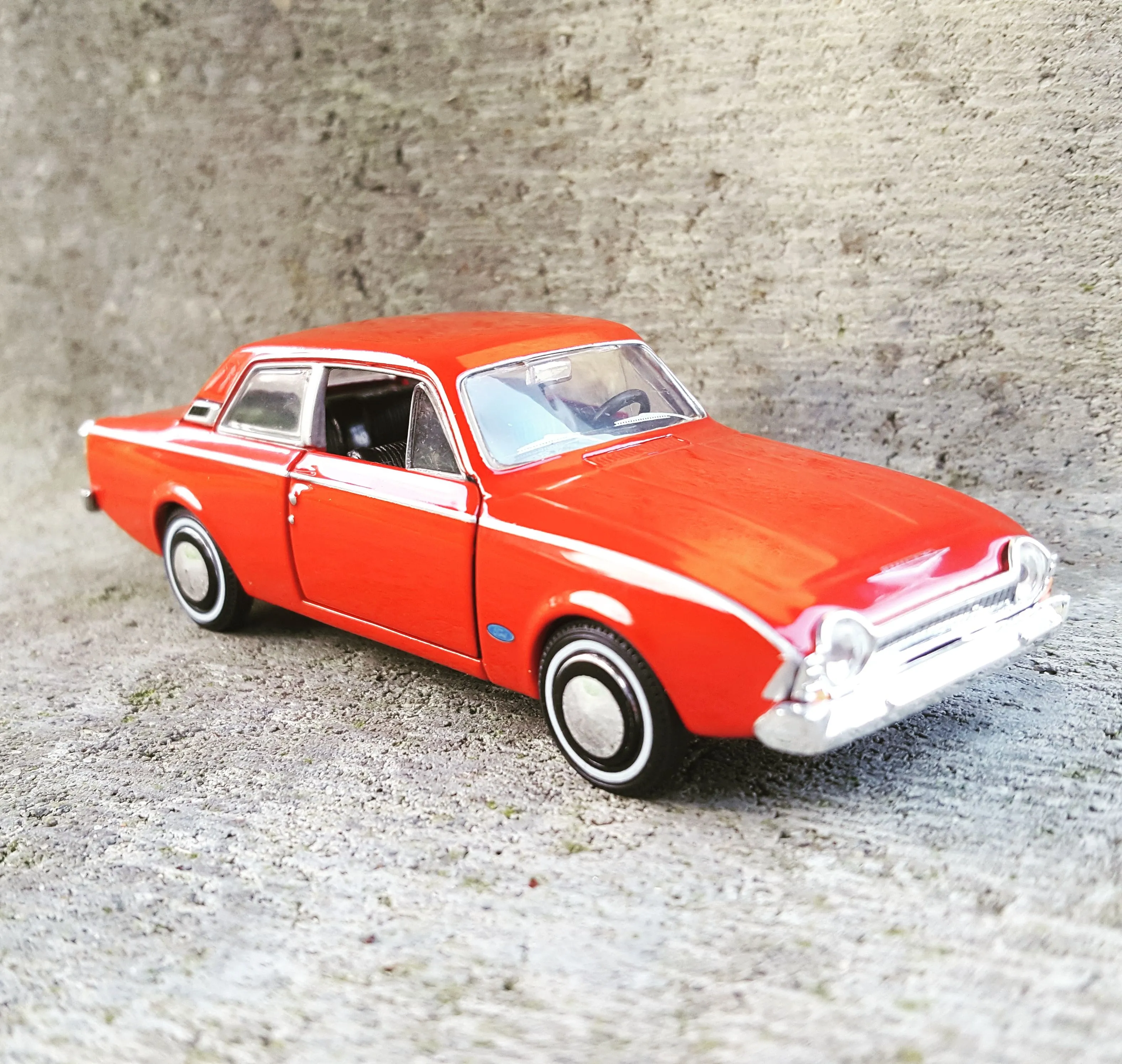
When selecting diecast model cars, several factors should be taken into account to ensure you find models that meet your collecting goals and preferences. Firstly, consider the scale. Popular scales include 1:18, 1:24, and 1:43, each offering different levels of detail and size. Larger scales often feature more intricate details, while smaller scales are great for space-saving collections. Next, examine the level of detail. Look for models with realistic paint jobs, accurate detailing of the engine, interior, and wheels, and functioning features such as opening doors and steerable wheels. The brand also matters, with some manufacturers known for higher quality and accuracy than others. Finally, the specific model itself is important. Consider the vehicle’s significance, rarity, and your personal interest in the car. Research the model’s history and value to make an informed decision. By carefully considering these elements, you can curate a collection that is both satisfying and potentially valuable.
Scale and Size of Diecast Model Cars
The scale of a diecast model car refers to the ratio between the model’s size and the actual vehicle’s size. This is usually expressed as a fraction, such as 1:18, which means the model is 1/18th the size of the original car. The scale significantly affects the level of detail, the complexity of features, and the overall size of the model. The most popular scales include 1:18, known for its high level of detail and larger size, and 1:24, which offers a balance of detail and manageability. 1:43 scale is also widely collected due to its smaller size and is well-suited for displaying a large number of models. Other scales, like 1:64, are popular for their affordability and the ability to collect many different models. The choice of scale often depends on personal preference, available space, and the desired level of detail. Each scale offers a different collecting experience, with some collectors focusing on one specific scale to maintain consistency in their display.
Materials Used in Diecast Model Cars
The materials used in diecast model cars significantly affect their quality, durability, and appearance. The main material is die-cast metal, typically a zinc alloy, which provides the model with weight and a robust feel. The metal is injected into molds to create the car’s body and often many other parts. Plastic is another essential material, used for components such as the interior, tires, windows, and some exterior details. Plastic allows for the creation of intricate shapes and details that would be difficult or impossible to achieve with metal alone. Rubber is used for the tires, providing a realistic appearance and texture. The paint used on diecast models is critical for achieving the desired look. High-quality paints with precise color matching are applied to create a realistic finish. Finally, details like chrome, decals, and other decorative elements enhance the overall aesthetics. The combination of these materials, along with skilled craftsmanship, determines the quality and collectibility of a diecast model car.
Diecast Model Car Brands
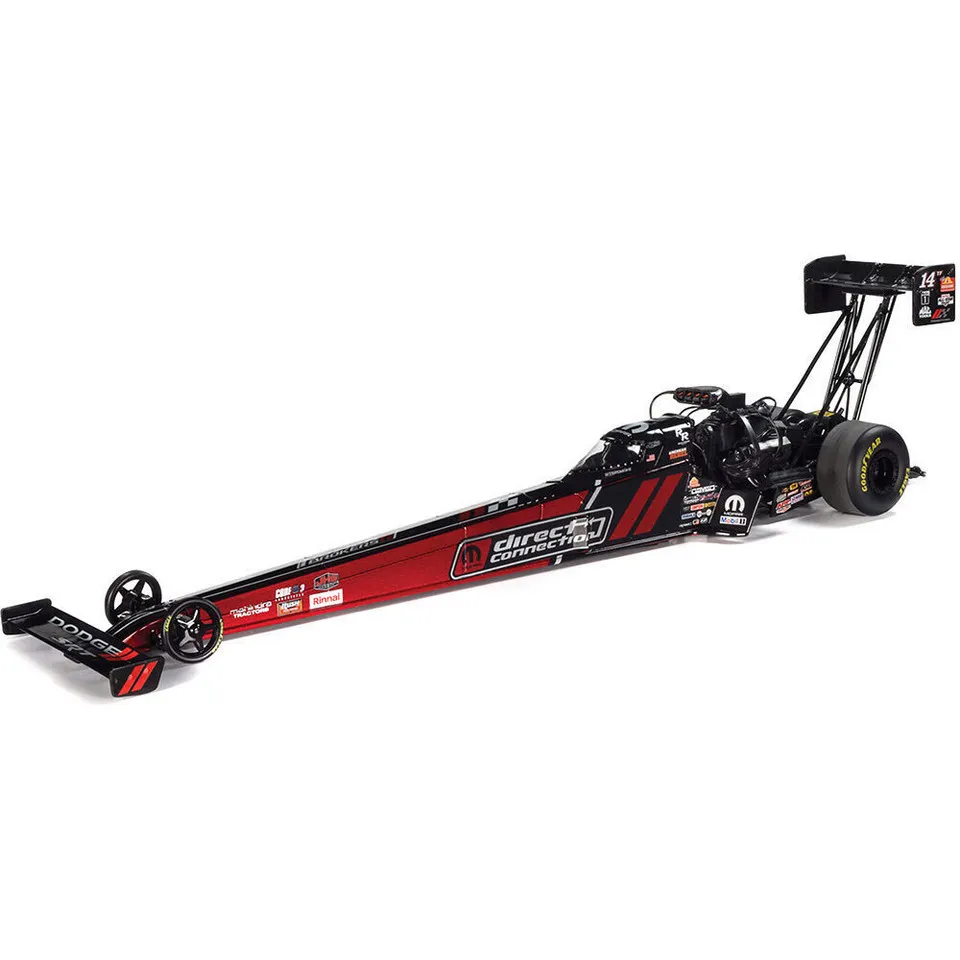
Several brands have established themselves as leaders in the diecast model car industry, each with its unique strengths and specializations. Some well-known brands are known for their attention to detail, high-quality construction, and authenticity, such as Minichamps, Autoart, and CMC (Classic Model Cars). These brands often produce models in popular scales like 1:18 and 1:43. Other brands, such as Hot Wheels and Matchbox, focus on affordability and a wide variety of models, making them accessible to a broader audience. These brands cater to a range of tastes and budgets, offering models in various scales, from classic cars to modern sports cars. When choosing which brands to collect, consider the reputation of the brand, the quality of their models, and the types of vehicles they offer. Reading reviews and comparing different brands can help you make an informed decision and build a collection that reflects your interests.
Popular Diecast Model Car Scales
The scale of a diecast model car is a crucial factor in its appeal and collectibility. Several scales are popular, each with its own advantages and disadvantages. 1:18 scale models are one of the most popular due to their large size and the high level of detail that manufacturers can include. This scale allows for intricate features, such as opening doors, detailed engine compartments, and realistic interiors. 1:24 scale is another popular choice, offering a balance between detail and manageability. These models are slightly smaller than 1:18 scale, making them suitable for displaying in a wider range of spaces. 1:43 scale is widely collected, especially for those who want to build a large and diverse collection. This scale is ideal for displaying a large number of models. Finally, 1:64 scale is also popular, particularly among budget-conscious collectors or those who like to collect a vast array of cars. The choice of scale depends on individual preferences, available space, and the level of detail desired.
Where to Buy Diecast Model Cars?
Diecast model cars can be purchased through various channels, both online and offline. Specialty hobby stores and model shops are excellent sources, often offering a curated selection of high-quality models and expert advice. Online marketplaces like eBay and Amazon provide a vast selection of diecast models from various sellers, including both new and vintage models. Collectors can often find rare or hard-to-find items on these platforms. Direct from the manufacturer is also an option, some brands have their own online stores or official retailers. Car shows and swap meets are also great places to find diecast cars, providing opportunities to meet other collectors and discover unique models. When buying, it’s essential to consider the seller’s reputation, read reviews, and examine the model’s condition to ensure you’re getting a genuine and well-maintained item. Comparing prices across different sources can also help you find the best deals and build your collection efficiently.
Tips for Collecting Diecast Model Cars
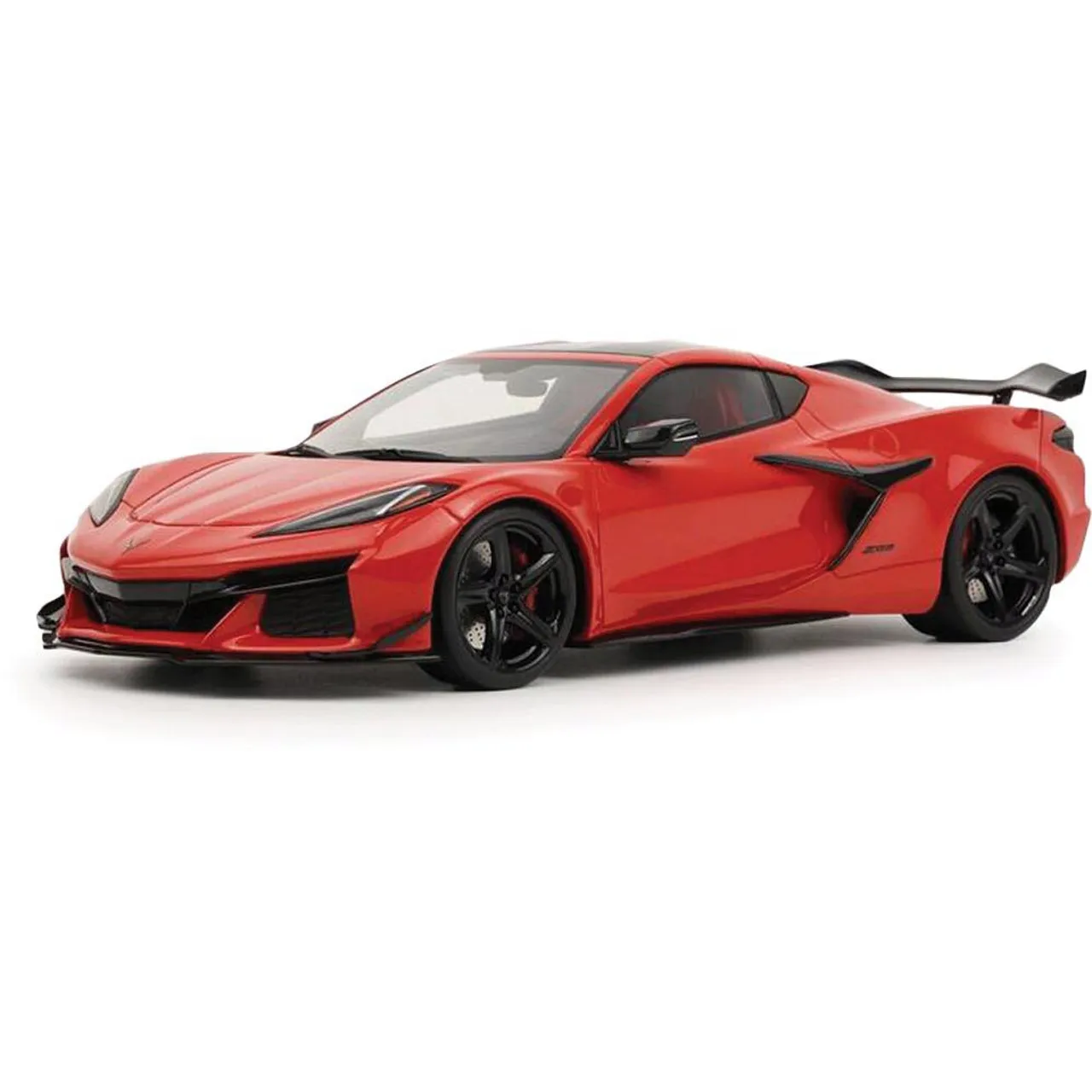
Building a diecast model car collection is a rewarding hobby. Start by defining your collecting focus. This can be based on the type of car (e.g., classic cars, sports cars, race cars), the brand, the scale, or the specific era. Research and learn about the models that interest you, paying attention to their history and significance. Set a budget to manage your spending and avoid overextending yourself. Protect your investment by storing your models in a dust-free, climate-controlled environment, away from direct sunlight. Display your collection creatively, using display cases, shelves, or custom-built displays to showcase your models. Join online forums or local collecting clubs to connect with other collectors and share your passion. Don’t be afraid to sell or trade models to refine your collection. The key to successful collecting is to enjoy the process and make choices that reflect your personal interests and preferences.
Maintaining and Caring for Your Diecast Models
Proper maintenance and care are crucial to preserving the condition and value of your diecast model cars. Dust is the enemy of any collection, so regularly dust your models using a soft brush or a microfiber cloth. Avoid using harsh chemicals or abrasive cleaners that could damage the paint or other delicate parts. Store your models in a stable environment, away from extreme temperatures and humidity, as these can cause damage over time. When handling your models, avoid touching them with your bare hands to prevent fingerprints and oil transfer; instead, use gloves. Handle the models carefully, especially those with delicate features, such as mirrors and antennas. If you plan to store your models for an extended period, consider wrapping them in acid-free tissue paper to protect them from dust and light. By taking these precautions, you can ensure your diecast models remain in excellent condition for years to come.
Displaying Your Diecast Model Cars
How you display your diecast model cars can significantly enhance their appeal and protect them from damage. The most important thing is to protect them from dust and sunlight. Consider using display cases or cabinets with glass doors to keep your models clean and protected. Shelves are a more budget-friendly option; consider clear acrylic shelves to showcase your cars. When arranging your models, consider themes or categories, such as by brand, model type, or scale. This can create a visually appealing and organized display. Use lighting, such as LED strip lights, to highlight the details of your models. Consider your space and the overall aesthetic you want to achieve. Whether you prefer a minimalist approach or a more elaborate display, the key is to showcase your collection in a way that reflects your personal style and allows you to enjoy your passion for diecast model cars.
The Investment Potential of Diecast Model Cars
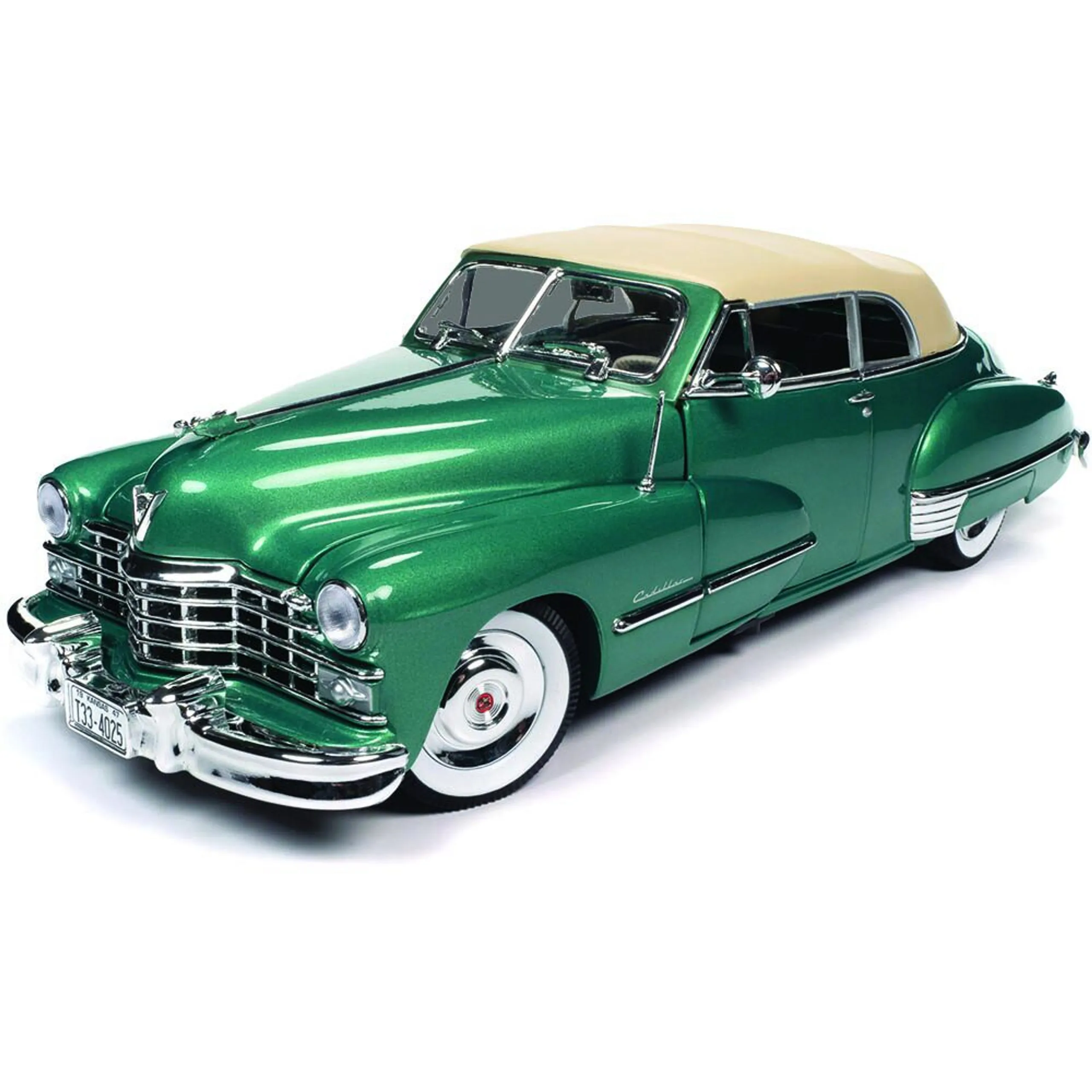
Diecast model cars can be more than just a hobby; they can also be a form of investment. Certain factors can contribute to the investment potential of a diecast model car, including its rarity, historical significance, and overall condition. Limited edition models, especially those produced in small quantities or with unique features, often appreciate in value. Vintage models, particularly those from the golden age of diecast, are also highly sought after by collectors. The condition of the model is paramount; models in their original packaging and in mint condition command the highest prices. Researching the market and staying informed about trends can help you make informed decisions about which models to collect. Keep a detailed record of your purchases, including the date, price, and condition of each model. While investing in diecast model cars can be rewarding, it’s important to remember that the market can be unpredictable. Always treat collecting as a passion first and an investment second.
Are Diecast Model Cars Good for Children?
Diecast model cars can be a great way to introduce children to the world of vehicles and collecting. The tactile nature of these models makes them appealing to children, allowing them to interact with a tangible representation of a car. Diecast models can also help kids develop fine motor skills and hand-eye coordination. Playing with these models can spark their interest in cars, engineering, and design. However, it’s essential to consider safety. Choose models that are age-appropriate, with no small parts that could pose a choking hazard. Educate children about the value and care of the models, teaching them about responsibility and respect. Collecting diecast model cars can be a fun and educational activity for children, fostering their creativity and developing their appreciation for the world around them.
Benefits of Collecting Diecast Model Cars
Collecting diecast model cars provides numerous benefits that extend beyond the simple enjoyment of owning miniature vehicles. It’s a relaxing and fulfilling hobby, offering an escape from the stresses of daily life. It provides a sense of community, as collectors connect with each other through clubs, forums, and online communities, sharing their passion and knowledge. Collecting can improve organizational and research skills as you delve into the history and details of the models. Diecast cars can spark your interest in cars, history, and design. Finally, it can offer a potential financial return on investment, as certain models increase in value over time. Whether you’re seeking a relaxing hobby, an opportunity to learn, or a way to connect with others, collecting diecast model cars can bring joy and satisfaction.
